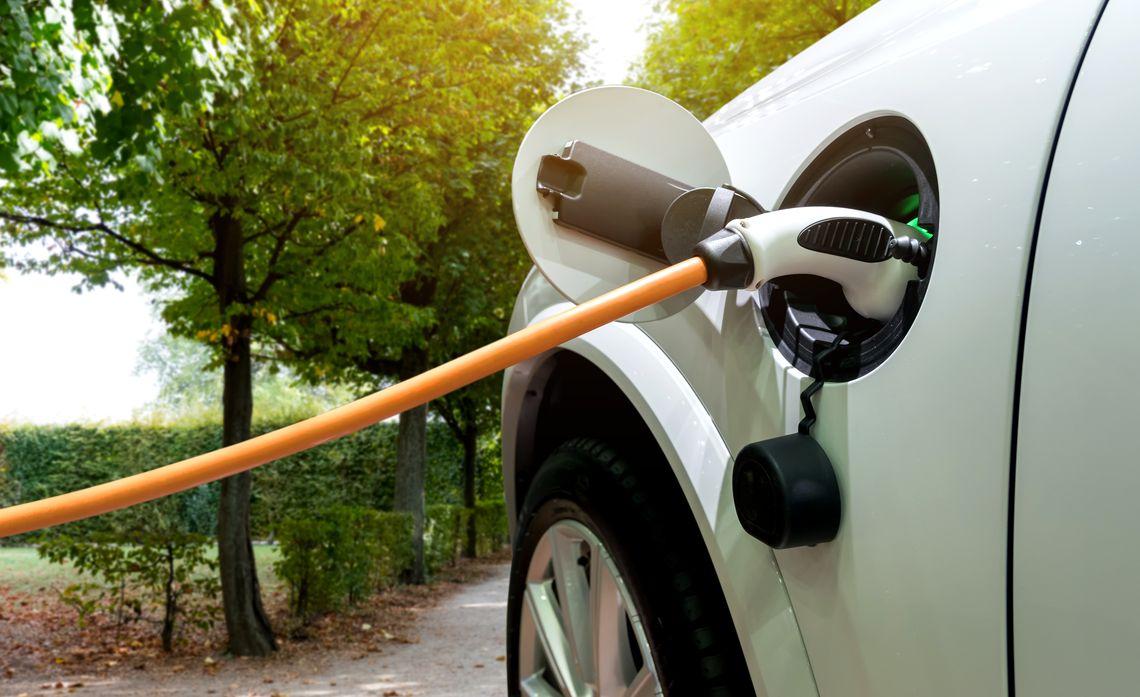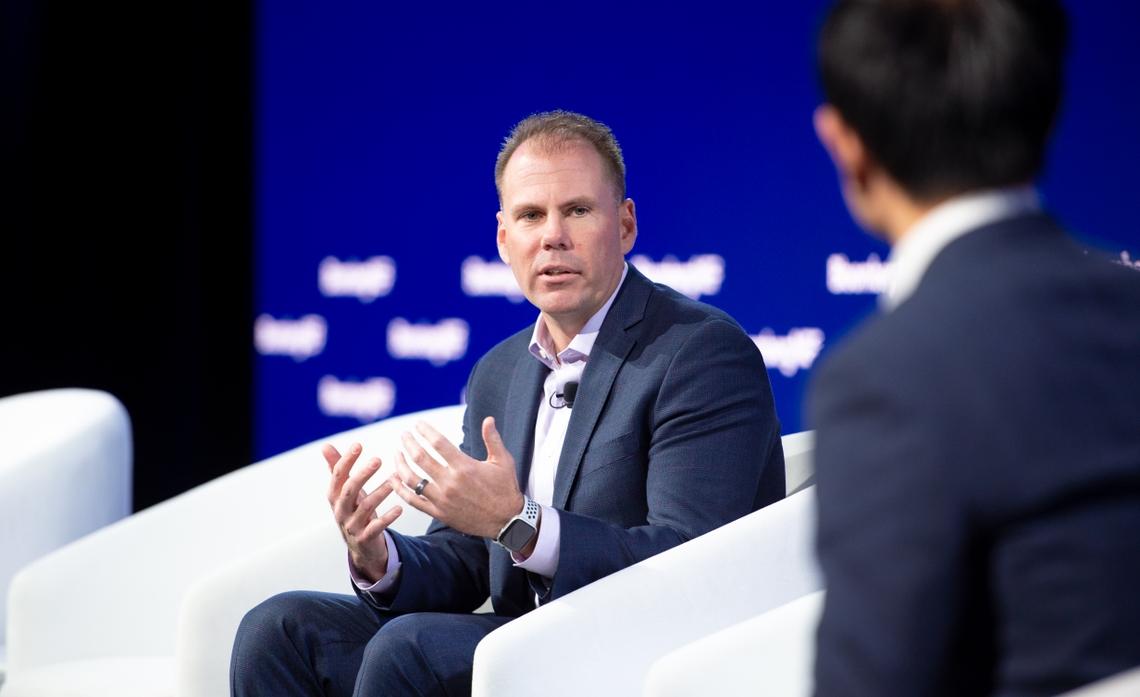Transportation Electrification Gains Momentum
Edison International and SCE outline plans to seize the “huge opportunity” of preparing the grid for exponential EV growth.
When record-high temperatures brought California’s electric grid to the brink of rotating power outages last September, skeptics of the state’s aggressive efforts to promote the widespread adoption of electric vehicles had a field day.
“If the grid can’t handle the demand for power now, how will it be able to handle millions of additional EVs?” they asked.
Southern California Edison President and CEO Steven Powell acknowledges there is much hard work to be done to prepare the grid for the coming wave of electric cars, trucks and fleet vehicles. But speaking to the BloombergNEF Summit in San Francisco focused on transportation electrification this week, Powell said that challenge is a “huge opportunity” to reshape the economy to adapt to climate change and ultimately lower overall energy bills for customers.
“In the near term, the grid can handle most of the EVs. Most hours of the year, there is excess capacity and underutilization of the electric grid in our service area and across the United States,” Powell said. “We can absorb a lot, but there is a massive amount of electrification that is coming.”
For California to meet its carbon neutrality goals for 2045, 75% of light-duty vehicles will need to be electrified, along with 67% of medium-duty and 40% of heavy-duty vehicles. Combined with the electrification of other parts of the economy, the load on the grid will increase by about 60%, Powell said.
Meeting that demand will require billions of dollars in investments in renewable power sources, energy storage and transmission and distribution infrastructure, as well as accelerating the development of vehicle-to-grid technologies — transforming EVs into battery storage devices that can help replenish the grid.
“If we leverage the electric vehicle load and have that work for consumers as well, that whole idea of vehicle-to-grid, there can be real value in helping alleviate a lot of the infrastructure investments that need to happen,” Powell said.
Investments in EVs and the infrastructure to support them are already well underway globally and are forecast to reach $91 trillion by the time the energy sector reaches its net-zero goal in 2050, according to BloombergNEF’s 2022 New Energy Outlook. By then, EVs will account for 11% to 15% of the planet’s electricity consumption.
“The scale of investment required in the next 30 years will be huge,” said Jon Moore, CEO of BloombergNEF. “Economics alone won’t get us to net zero. We’re going to need to bend the curve somehow, and policy is one of the key ways we’re going to do that.”
Several Bloomberg summit speakers mentioned the importance of last year’s passage of the Inflation Reduction Act and the Infrastructure Investment and Jobs Act as examples of the types of policies needed to encourage the investments required to achieve carbon neutrality in transportation.
“The momentum around transportation electrification has increased in the past year,” said Caroline Choi, Edison International and SCE senior vice president of Corporate Affairs. “The electric grid is really going to be the backbone of the whole system. And for Southern California Edison, we have 50,000 square miles that we have to be prepared to electrify. What we’re seeing are the investments necessary to ensure that the grid is available.”
Those investments initially will lead to higher electric bills for customers, but ultimately will reduce total consumer energy spending by one-quarter to one-third, according to Edison International projections.
For skeptics still not convinced EVs are the wave of the future, the number of EV models available for sale in the U.S. jumped from 29 in 2021 to 89 this model year. General Motors predicts that will nearly double to 170 models in 2025.
For more information, visit edison.com/clean-energy.





